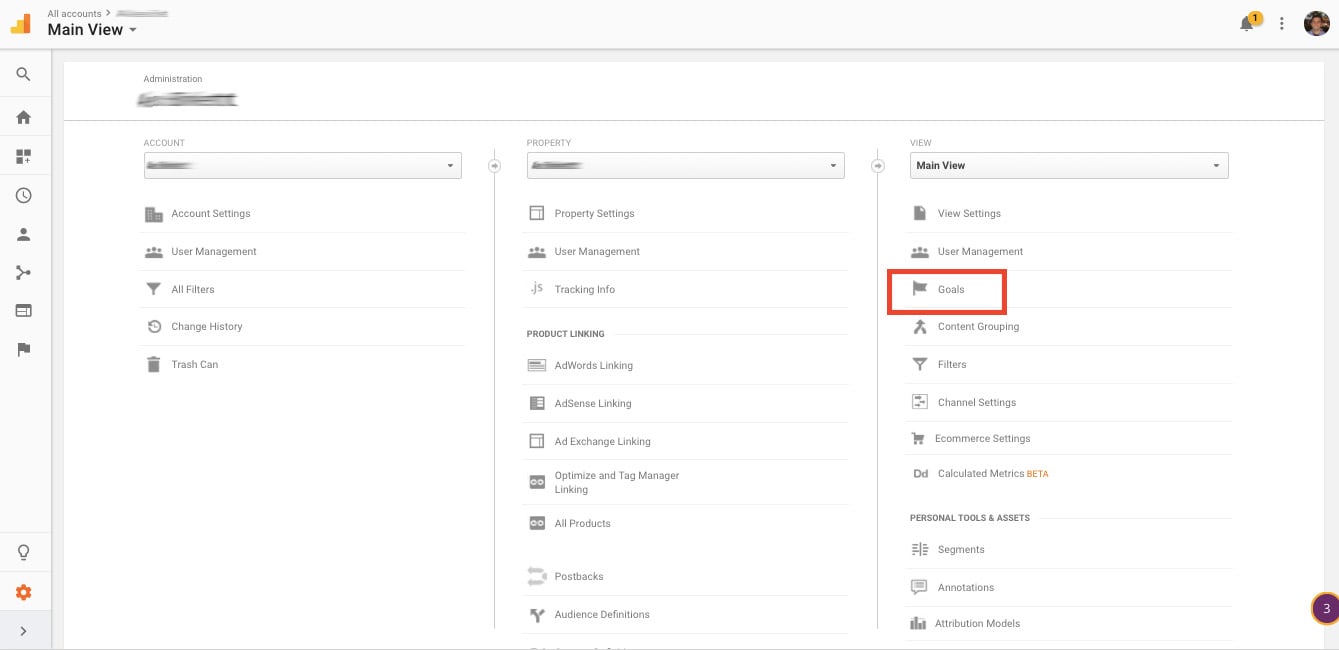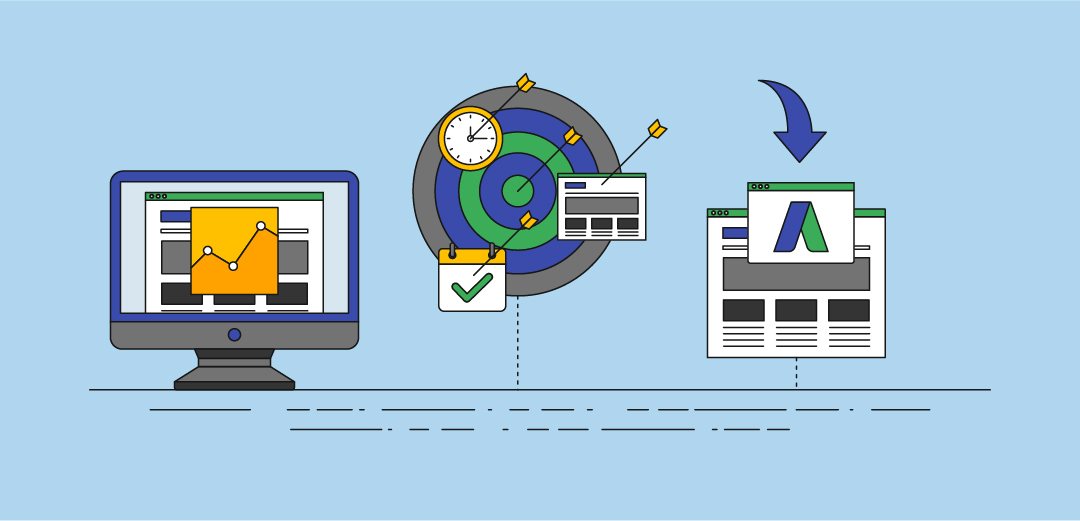Discovering What Data Is Google Analytics Goals Unable to Track
Discovering What Data Is Google Analytics Goals Unable to Track
Blog Article
Discover the Limitations of Google Analytics Goals: Revealing the Data Types That Remain Untrackable
As services significantly rely upon data-driven decision-making, comprehending the restrictions of devices like Google Analytics becomes vital. While Google Analytics Goals deal important insights into customer interactions, there exist data types that avoid monitoring, presenting challenges to a thorough understanding of customer habits. These untrackable information types raise inquiries concerning the accuracy and efficiency of the analytics information that organizations greatly rely upon for their digital strategies. Interested to uncover the concealed dead spots in your information analysis process?
Insufficient User Journey Tracking
Insufficient customer trip monitoring within Google Analytics can hinder the ability to accurately assess customer behavior. When the customer trip is not fully tracked, there are gaps in the data that stop a comprehensive understanding of how individuals engage with a site. This absence of insight can result in missed out on possibilities for optimization and renovations to the customer experience.
One usual concern with insufficient individual journey monitoring is the lack of ability to see the full path that users take before finishing an objective or leaving the website. Without this information, it is challenging to recognize where customers might be coming across obstacles or rubbing factors that stop them from transforming. Furthermore, incomplete monitoring can cover the effect of particular advertising efforts or web site adjustments on customer habits.
To address this restriction, it is essential to establish up correct tracking mechanisms within Google Analytics to catch the whole user journey. This may involve establishing occasion monitoring, objective funnels, or making use of devices like Google Tag Manager to make certain that no important communications go unrecorded. By obtaining a detailed view of the customer journey, website proprietors can make more educated choices to improve user involvement and drive conversions.
Attribution Challenges
Browsing with acknowledgment challenges in Google Analytics requires an extensive understanding of how various touchpoints add to the total conversion process. Acknowledgment challenges develop from the intricacy of contemporary consumer trips, where users engage with multiple networks prior to converting. Google Analytics supplies various attribution designs like first touch, last touch, and direct, each providing a various perspective on exactly how credit score is designated to touchpoints along the conversion path. These designs might not constantly precisely mirror the real impact of each touchpoint on the conversion.
One typical attribution difficulty is the difficulty in connecting conversions to the right source, specifically in cases where users interact with multiple networks before transforming. Additionally, cross-device tracking poses an additional attribution challenge, as users usually switch in between devices throughout their journey, making it testing to track their interactions seamlessly.
Offline Conversions
Given the obstacles connected with attributing conversions accurately in online channels, the measurement of offline conversions presents a substantial opportunity for marketing professionals seeking an extra thorough understanding of their clients' journey. Offline conversions refer to actions that clients absorb the real world, such as making acquisitions in brick-and-mortar shops or over the phone, participating in events, or involving with printed materials - what data is google analytics goals unable to track. These conversions are crucial for services that operate both online and offline, as they offer beneficial insights into the efficiency of marketing campaigns across numerous touchpoints
Tracking offline conversions traditionally positioned a substantial difficulty for marketing professionals, as it was testing to attach these activities back to details on the internet interactions precisely. Nonetheless, with developments in innovation, such as the combination of CRM systems, unique identifiers, and voucher codes, organizations can currently connect the space between online and anchor offline data to gain a much more alternative sight of client actions. By properly measuring offline conversions, marketing professionals can maximize their approaches, designate resources much more efficiently, and ultimately boost the total customer experience.
Cross-Device Tracking
Cross-device monitoring plays a crucial duty in recognizing the interconnected nature of consumers' electronic interactions throughout numerous gadgets. In today's omnichannel globe, where customers seamlessly switch in between smart devices, tablets, and desktop computers, tracking their habits throughout these gadgets is crucial for marketing experts to obtain a detailed view of their customer trip.

Additionally, privacy issues and guidelines such as GDPR and CCPA have additionally complicated cross-device monitoring. With customers requiring even more control over their data and boosted limitations on monitoring modern technologies, marketing professionals must find ingenious and privacy-compliant methods to attach customer communications throughout gadgets.
Dynamic Web Content Involvement
Recognizing customer involvement with vibrant content is critical in optimizing digital advertising why not look here techniques for boosted target market interaction. Dynamic content describes website elements that transform based upon customer behavior, preferences, or various other elements, providing a tailored experience. Tracking customer interactions with dynamic web content presents obstacles for conventional analytics devices like Google Analytics.
While Google Analytics can track fundamental interactions like clicks and web page sights, it might have a hard time to capture even more nuanced interactions within dynamic content. what data is google analytics goals unable to track. Metrics such as time invested on specific vibrant aspects, float actions, or interactions within pop-ups are frequently not conveniently measurable making use of standard monitoring methods. This constraint prevents marketers' capacity to fully realize just how users are involving with dynamic material and customize their techniques appropriately

Final Thought
To conclude, Google Analytics objectives have limitations in tracking incomplete individual trips, associating conversions properly, recording offline conversions, tracking cross-device interactions, and measuring vibrant content interaction. These restrictions highlight the relevance of discovering extra monitoring approaches and devices to obtain an extra extensive understanding of user habits and conversions past what Google Analytics can supply.
While Google Analytics Goals deal beneficial understandings into individual communications, there exist information types that elude monitoring, posing difficulties to a comprehensive understanding of user behavior.Insufficient customer journey monitoring within Google Analytics can prevent the capability to precisely assess user behavior. When the user journey is not fully tracked, there are gaps in the information that protect against a detailed understanding of just how users engage with a site.One common issue with insufficient customer journey monitoring is the inability to see the full course that users take in the past finishing a goal or leaving the site. By getting a detailed you can find out more view of the customer journey, website proprietors can make more informed decisions to enhance customer interaction and drive conversions.
Report this page